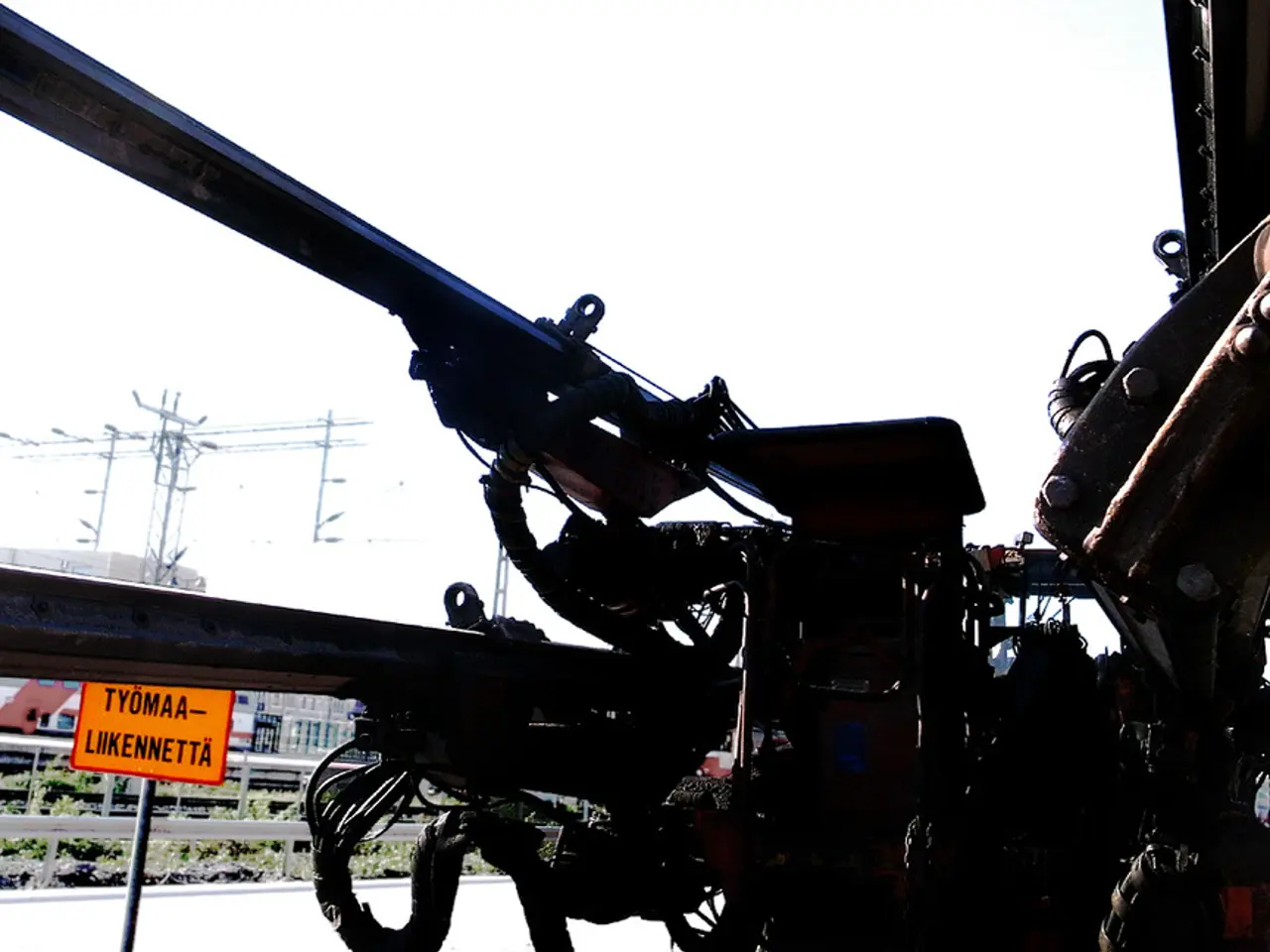The Synergy of Structured Cabling and Access Control in Safeguarding Contemporary Businesses
In today's bustling business realm, the safety and connectivity of your workplace aren't solely governed by snazzy software or cloud solutions; they hinge on the inconspicuous yet indispensable backbone – physical infrastructure. Often overshadowed, the intricate web of cables and wires beneath the surface is the unsung hero that keeps buildings secure and connected. Let's delve into the world of structured cabling, the unsung hero of the modern enterprise.
In the contemporary business landscape, the lines between security and connectivity have blurred. Yesteryear's standalone security systems, characterized by physical locks, separate control panels, and cameras on their own systems, are ancient history. Today, access control and surveillance tools are integrated via networks, data, and often the cloud. This dynamic shift necessitates a unified, intelligent cabling setup capable of handling the enormous load.
Imagine a company installing state-of-the-art card readers at every door and high-definition cameras at every corner. But, without the right cabling to carry the data and power, these devices amount to mere ornaments. Structured cabling ensures these systems switch on, offering more than just power: it enables them to function seamlessly as part of a broader, more intelligent network. Employees can breeze through doors using apps on their phones, security footage can be viewed remotely in real-time, and alerts can be despatched instantaneously.
What's often overlooked is that the efficacy of these systems hinges on the infrastructure behind them. From a single building to a sprawling multi-campus enterprise, every element of digital security depends on robust, scalable, and reliable cabling.
To grasp the connection between cabling and access control, consider it like a well-planned highway system. Access control devices – card readers, magnetic locks, and fingerprint scanners – are like vehicles coursing across the lanes. Structured cabling offers the smooth, well-designed road these vehicles require.
Most access control systems use a mix of data cables (such as Cat6, Cat6A, or fiber optics) and power cables. The latest systems often leverage Power over Ethernet (PoE), transmitting both data and power through a single cable. This simplifies installations, reduces clutter, and trims costs.
Let's use an office scenario for a practical take. With PoE door locks and badge scanners, each device can effortlessly plug into a central control panel through a neatly labeled cabling system. This setup provides IT and security teams with an easy-to-manage, straightforward method for overseeing, monitoring, and troubleshooting the system, especially if they're scaling up in the future. Adding new devices or upgrading old ones is a cinch; it doesn't necessitate digging up walls or untangling spaghetti-like wiring. Instead, the system is designed for effortless expansion.
In the business world, it's all too common to install access control systems without paying any heed to cabling. Pretty much like buying a luxury car but neglecting to build the roadways for it. This occurs more frequently in growing businesses or those expanding to multiple locations. Absent a strategic approach, security and IT teams find themselves constantly battling fires: one day it's an offline badge reader, the next day it's a disconnected surveillance feed. Over time, these issues mount, leading to vulnerabilities, wasted hours, and disgruntled staff.
That's why specialized companies, such as www.networkcabling.com/, focus on delivering structured cabling systems tailored to future needs. These setups cater not only to today's devices but also to the next generation of smart access control, AI-powered surveillance, and cloud-connected everything. When your cabling is professionally installed and certified, you're not merely ticking a box; you're constructing a secure, efficient environment for your people and your assets.
Consider a school campus that aims to control building access with student ID cards. With structured cabling in place, administrators can monitor entries in real-time, restrict access to sensitive areas, and react immediately if there's the slightest indication of abnormal behavior. Surveillance cameras installed at each entrance are seamlessly integrated into the same network, enabling cross-referencing between video and access logs.
Or, imagine a corporate office that uses biometric entry and AI-powered security analytics. The sheer volume of data generated by these tools – face scans, user logs, and alerts – requires a dedicated infrastructure that can handle the load without lagging or experiencing downtime. Structured cabling ensures smooth performance, better data management, and a single point from which to govern.
These examples underscore the importance of the symbiotic relationship between physical devices and the cables that connect them. It's not just about wires; it's about strategy, dependability, and peace of mind.
In essence, security begins with the correct foundation. There's a tendency to fixate on the fancy new tech like facial recognition, smart badges, and remote door unlocking. But those features can only reach their full potential when supported by robust, future-ready infrastructure. Structured cabling is the foundation of modern security and business operations. It doesn't merely transport data; it carries trust, reliability, and long-term performance.
For businesses keen on bolstering their access control and security capabilities, it's crucial to expand the thinking beyond individual devices. Contemplate the connection between these devices, the ease of management, and the system's scalability for the future. Only then can you construct a workplace that's not just tech-savvy, but incredibly secure.
In the realm of modern businesses, the seamless operation of high-tech access control devices is contingent upon the foundation of robust structured cabling. For instance, when implementing advanced biometric entry and AI-powered security analytics, the infrastructure's ability to handle large volumes of data and power without lags is paramount.
Moreover, the same structured cabling system ensures real-time monitoring and control, enabling cross-referencing between access logs and security footage, as demonstrated in the context of a school campus or a corporate office. Such a holistic approach to physical infrastructure is integral to constructing a tech-savvy, yet secure, workplace.




